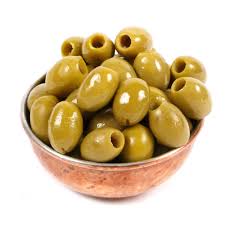Stamp: Turkey Map, Book and Olive Branch (Turkey 1981)
Turkey Map, Book and Olive Branch (Turkey 1981)
23 October (Turkey ) within release Constituent Assembly Inaguration goes into circulation Stamp Turkey Map, Book and Olive Branch face value 30 Turkish lira
| Stamp Turkey Map, Book and Olive Branch in catalogues | |
|---|---|
| Michel: | Mi:TR 2582 |
Stamp is square format.
Also in the issue Constituent Assembly Inaguration:
- First Day Cover - Constituent Assembly Inaguration (FDC) face value 40;
- Stamp - Turkey Map, Book and Olive Branch face value 10;
- Stamp - Turkey Map, Book and Olive Branch face value 30;
|
Data entry completed
50%
|
|
|---|---|
| Stamp Turkey Map, Book and Olive Branch in digits | |
| Country: | Turkey |
| Date: | 1981-10-23 |
| Perforation: | 13 |
| Format: | Stamp |
| Face Value: | 30 Turkish lira |
| Print run: | 740000 |
Stamp Turkey Map, Book and Olive Branch it reflects the thematic directions:
A map is a symbolic depiction emphasizing relationships between elements of some space, such as objects, regions, or themes. Many maps are static, fixed to paper or some other durable medium, while others are dynamic or interactive. Although most commonly used to depict geography, maps may represent any space, real or imagined, without regard to context or scale, such as in brain mapping, DNA mapping, or computer network topology mapping. The space being mapped may be two dimensional, such as the surface of the earth, three dimensional, such as the interior of the earth, or even more abstract spaces of any dimension, such as arise in modeling phenomena having many independent variables. Although the earliest maps known are of the heavens, geographic maps of territory have a very long tradition and exist from ancient times. The word "map" comes from the medieval Latin Mappa mundi, wherein mappa meant napkin or cloth and mundi the world. Thus, "map" became the shortened term referring to a two-dimensional representation of the surface of the world.
A book is a medium for recording information in the form of writing or images. Books are typically composed of many pages, bound together and protected by a cover. Modern bound books were preceded by many other written mediums, such as the codex and the scroll. The book publishing process is the series of steps involved in their creation and dissemination.
Flora is the plant life occurring in a particular region or time, generally the naturally occurring or indigenous—native plant life. The corresponding term for animal life is fauna. Flora, fauna and other forms of life such as fungi are collectively referred to as biota. Sometimes bacteria and fungi are also referred to as flora, as in the terms gut flora or skin flora.
The olive, botanical name Olea europaea, meaning 'European olive', is a species of small tree or shrub in the family Oleaceae, found traditionally in the Mediterranean Basin, with wild subspecies found further afield in Africa and western Asia. When in shrub form, it is known as Olea europaea 'Montra', dwarf olive, or little olive. The species is cultivated in all the countries of the Mediterranean, as well as in Australia, New Zealand, North and South America and South Africa. It is the type species for its genus, Olea. The tree and its fruit give their name to the Oleaceae plant family, which also includes species such as lilac, jasmine, forsythia, and the true ash tree.




